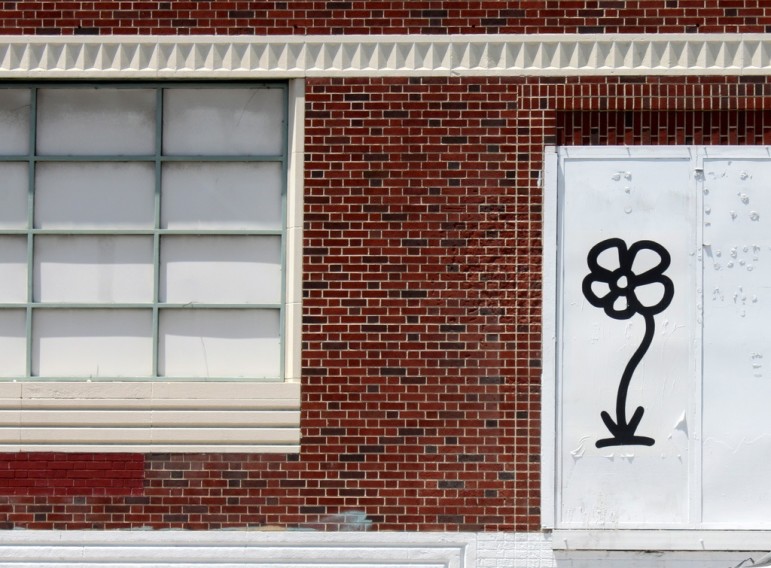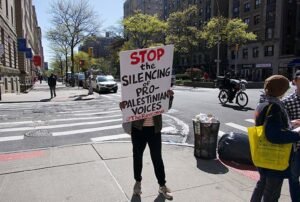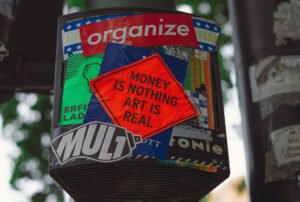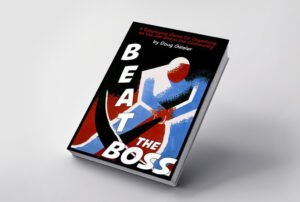
April 14, 2016; New York Times
While graffiti on advertisements may be a ubiquitous enough sight, especially for city dwellers, it is less common when it takes the form of art and is sanctioned by the brand that is being defaced. Michael De Feo, a New York-based artist, has been putting up his (unsanctioned) graffiti art all over fashion advertisements for over two decades. His signature images, with swirling single-stemmed, brightly colored blossoms, have graced ads on walls and buildings worldwide. In the East Village of New York City, he is known as “the Flower Guy.”
Mr. De Feo’s operation usually involves scouting out posters for brands like Christian Dior, Chanel, and other high-end fashion and luxury goods companies. He discretely removes them from their places on bus stops, billboards, and the like, and then brings them back to his studio. Once the models are cheerfully festooned with his distinctive bouquets, he returns the posters. Usually, no one even notices that they are gone. A guerrilla graffiti art collective that Mr. De Feo belongs to says that the work is meant to “encourage public dialogue” about “corporate messaging.” The fashion world’s embrace of Mr. De Feo’s eclectic blooms, however, seem to conflict with the anti-consumerist messaging at the core of his artwork.
Sign up for our free newsletters
Subscribe to NPQ's newsletters to have our top stories delivered directly to your inbox.
By signing up, you agree to our privacy policy and terms of use, and to receive messages from NPQ and our partners.
So what happens when anti-establishment art appears to become part of the establishment? From nail polish campaigns to a line of scarves inspired by Mr. De Feo’s original graffiti, his work is now a central component of brands’ marketing campaigns. Mr. De Feo’s work has also found success in the contemporary art world; earlier in April he exhibited painted covers of Vogue Netherlands in Amsterdam, and more of his work will be exhibited at Urban Art Fair in Paris later this month.
The key, says De Feo, is striking a balance. “What I’m doing is […] working with the ad in a way, but also fighting against it and subverting it.” Another important characteristic of Mr. De Feo’s approach is lighthearted, “I don’t want to annihilate the ad,” he acknowledges. “It results in better dialogue when you approach something gently or with whimsy.” Some consider the work’s greatest success to be its status as a form of culture jamming, or an attempt to explore consumer assumptions about media and materialism through street art. Dan Witz, a longtime friend and a fellow street artist, describes it as “interfering with the corporate culture.”
A few months ago, I wrote about the challenges of translating site-based art to the exhibition setting. In a gallery or museum, it can be difficult for the viewer to fully absorb the art’s core activist message. In the same way, is a fashion brand’s championing of De Feo’s graffiti, in turn, subverting its anti-consumerist angle? While we have no way of controlling the public’s response to art, it may be that the messaging in this type of activism is a bit too subtle when it becomes part of a brand’s official marketing campaign without any acknowledgement of the potential for conflicting messages.—Sophie Lewis












